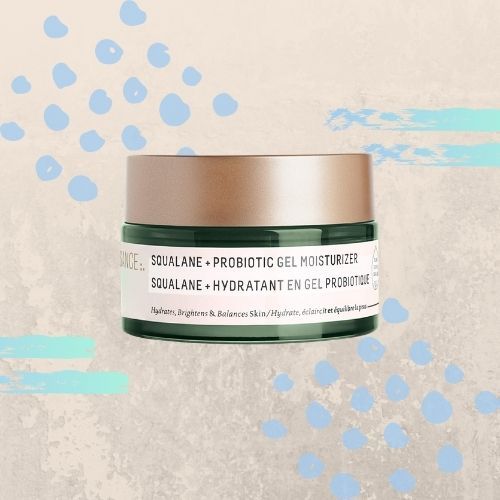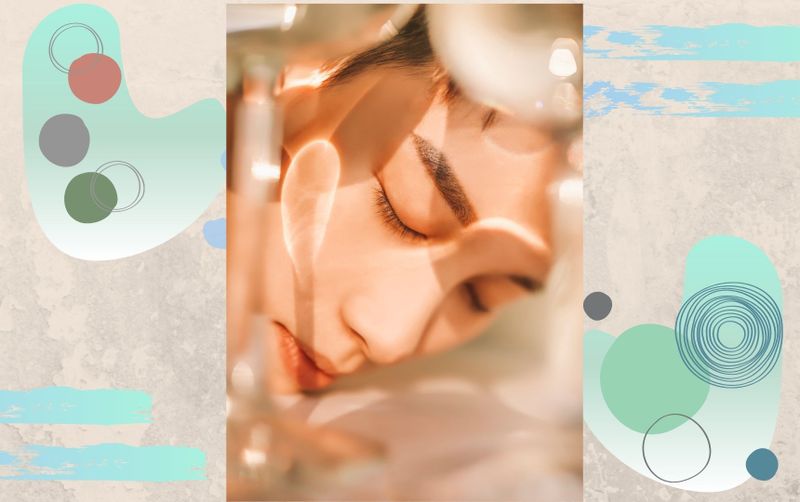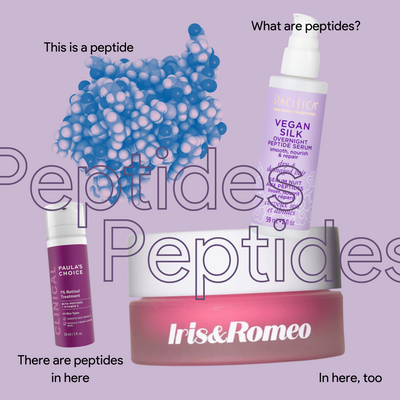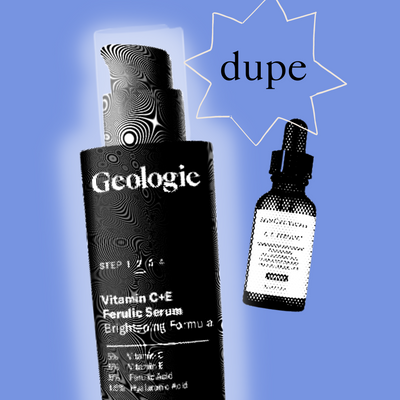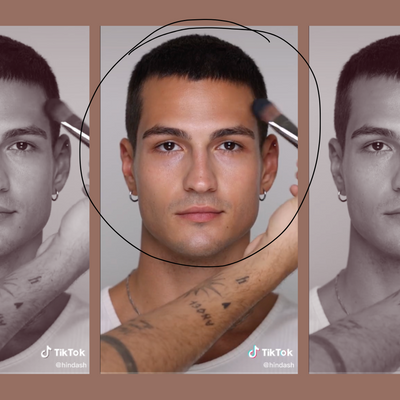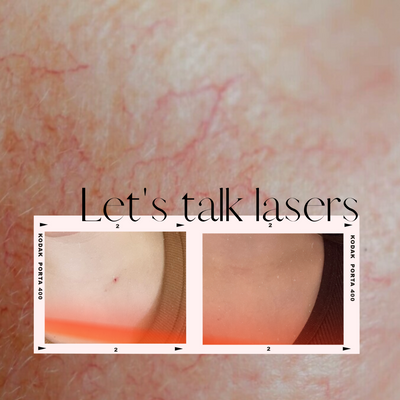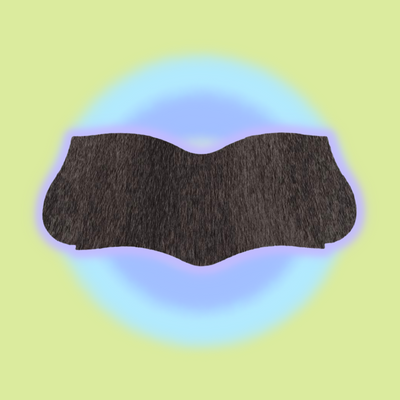If you love kombucha, you might be curious about the recent rise of prebiotic and probiotic skincare.
The fizzy, fermented drink contains billions of probiotics, and now some of those billions of probiotics are bubbling over into your skincare. Prebiotic and probiotic skincare sounds clinical, but rest assured, you don’t need a prescription to get all the benefits of this health-conscious trend.
SEE ALSO: A step-by-step guide to decolonizing your skincare routine
Prebiotics and probiotics promote a healthy microbiome, which is the sum of all the microbes – bacteria, fungi, protozoa, and viruses – that live on and inside your body. You’re essentially covered head-to-toe in trillions of these microscopic creatures, and the look of your skin is a reflection of how healthy and happy these tiny bugs are. If you’re experiencing a compromised skin barrier, sensitivity, or inflammation as a result of acne, it could be the result of an unbalanced microbiome.
Below, we answered all of the most common questions you might have about prebiotic and probiotic skincare to help you become BFFs with the trillions of microbes hanging around you all the time. Don’t worry – they don’t bite.
What’s the difference between prebiotic and probiotic?
“Probiotics are live microorganisms which are beneficial for your health, topically or internally,” explains cosmetic chemist and celebrity esthetician Elina Fedotova. “Prebiotics are the food source which helps to keep your probiotics alive and active.”
If you’re wondering if you really need both, the answer is a resounding yes. Probiotics do the work, and prebiotics feeds them the energy they need to keep going.
Are certain microorganisms better than others?
The surface of your skin contains good bacteria and bad bacteria, and certain types of bacteria are responsible for that super healthy, supermodel glow. “Lactobacillus plantarum offers anti-inflammatory effects and diminishes the size of acne lesions,” says Elina. “Lactobacillus casei has anti-inflammatory effects, improves skin hydration, and lowers sensitivity. Finally, Lactobacillus rhamnosus offers ultraviolet protection.”
Lactobacillus is THAT bacteria. In the digestive tract, Lactobacillus also balances yeast and pathogen overgrowth, which helps support the immune system to fight autoimmune conditions and allergies. You can find Lactobacillus in foods like yogurt, kefir, fermented cheeses, sauerkraut, kimchi, and even honey.
Certain strands will also work better for people with specific skin concerns. “Streptococcus thermophilus is better for someone with a dry complexion, while Nitrosomonas eutropha will benefit more oily and congested complexions,” says Elina. “However, both can still be used very successfully for any type of complexion.”
What does applying prebiotics and probiotic skincare really do for your skin?
Prebiotic and probiotic skincare produces a calming effect on the skin while reducing skin irritation. People have been reaping the benefits of applying these good bacteria to the skin for hundreds of years.
“For centuries, people have applied face masks from yogurt, kefir, and kombucha tea to improve their complexion, hydrate, and restore their skin,” says Elina. “They did not know that the reason these fermented foods and beverages work is because they contain friendly and healthy microorganisms which make it happen.”
What about postbiotics?
Postbiotics are the chemical byproduct of the dead good bacteria that helps regulate the skin’s natural bacterial ecosystem. Lactic acid, made from Lactobacillus, helps maintain the acidic pH of the skin.
Does it actually work?
Recent studies in Japan have shown that a strain of lactobacillus helped improve the skin of patients with wrinkles and excessively dry skin. After taking a Lactobacillus Plantarum supplement for 12 weeks, patients reported glossier skin, as well as a significant reduction in the depth of their wrinkles. They also experienced a 13.17 percent improvement in skin elasticity after four weeks, and after an additional eight weeks, elasticity improved by 21.73 percent.
“In another study, this one in Korea, 56 participants with acne drank a daily lactobacillus-fermented beverage,” says Elina. “The number of acne lesions dropped and oil production was reduced.”
It’s easy to see how pre, pro, and postbiotic skincare are all connected. It’s all about creating the perfect environment for your bacteria to flourish. You can feed those bugs with food and drinks containing pre- and postbiotics, but Elina recommends putting that good bacteria directly on your face. This allows it to stay on your skin longer and in a higher concentration than ingesting it.
Check out some of our favorite pre, pro, and postbiotic skincare products below.
Paula’s Choice Probiotic Nutrient Moisturizer ($33.60)
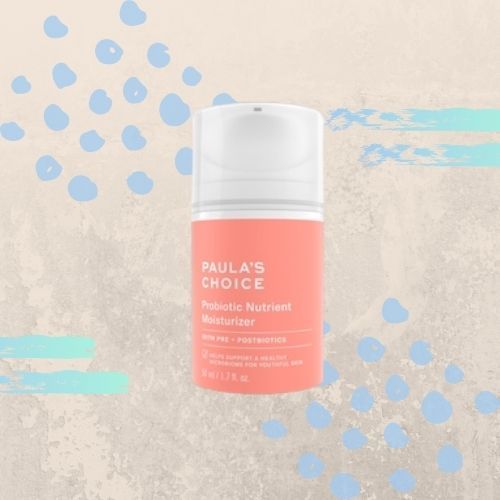
La Roche-Posay Lipikar Balm AP+ Intense Repair Body Cream ($20)
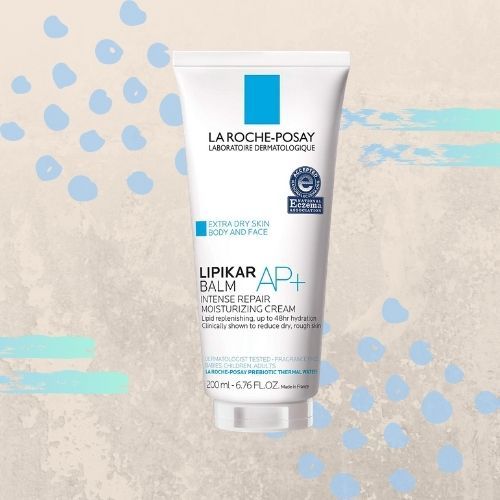
Elina Organics Skincare Probiotic Polishing Mask ($55)
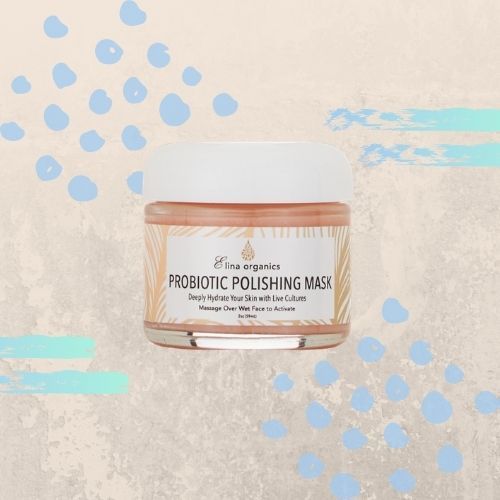
Gallinée Youthful Serum ($49)
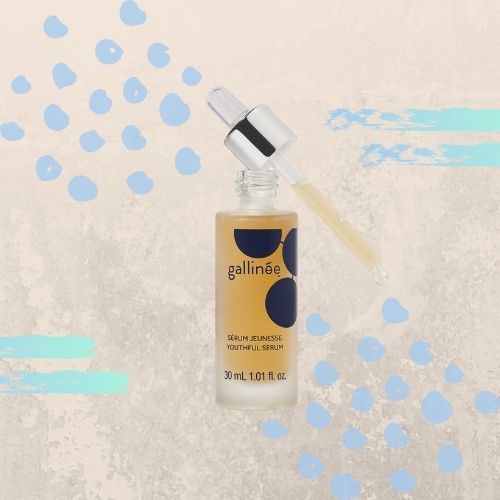
Biossance Squalane & Probiotic Gel Moisturizer ($52)
